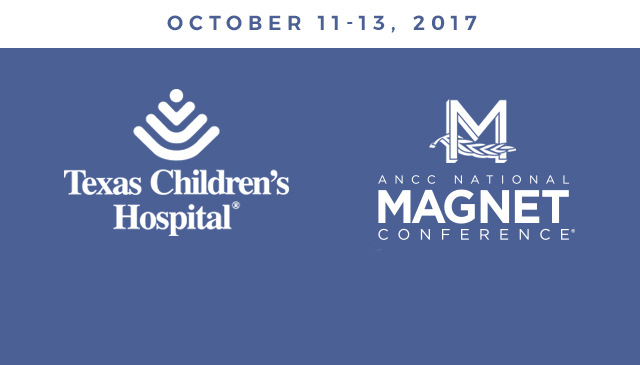 From Wednesday, October 11 to Friday, October 13, Texas Children’s will co-host the largest annual nursing conference in the country, along with other local Magnet® hospitals. More than 10,000 nurses and nursing executives representing more than 20 countries will gather at the George R. Brown Convention Center in Houston for the American Nurses Credentialing Center’s (ANCC) National Magnet Conference®.
From Wednesday, October 11 to Friday, October 13, Texas Children’s will co-host the largest annual nursing conference in the country, along with other local Magnet® hospitals. More than 10,000 nurses and nursing executives representing more than 20 countries will gather at the George R. Brown Convention Center in Houston for the American Nurses Credentialing Center’s (ANCC) National Magnet Conference®.
“This is such an incredible honor for Texas Children’s to co-sponsor this year’s Nursing Magnet Conference® right here in the Greater Houston area,” said Texas Children’s CNO Mary Jo Andre. “For many months, our Magnet team led by Emily Weber and Sarah Marcion has been engaged with the ANCC in planning for the conference, which I know will be an amazing success.”
The entire Magnet team handled various parts of the coordination including registering and preparing our staff volunteers to serve in a variety of roles at the conference. The team also organized a pediatric Magnet® hospital networking dinner, hospital tours including a tour for nurses from Lebanon, and a Daisy Awards luncheon where the co-founders of the Daisy Foundation will be present to greet attendees.
The Magnet Conference® is the official annual conference of the prestigious Magnet Recognition Program®, that not only recognizes the accomplishments of newly designated Magnet organizations, but provides a showcase of best nursing practices for the Magnet community that can be incorporated into their own organization’s nursing program.
When the Magnet Conference® begins this Wednesday, CNO Mary Jo Andre and Executive Vice President Dan DiPrisco will be on stage with other Magnet hospital executives as more than 10,000 attendees are welcomed at the opening session. Additionally, several of Texas Children’s nurses and staff will deliver podium presentations during the three-day Magnet Conference®. Their entries were among hundreds of entries that were submitted to the ANCC for review before being selected.
Below are the podium presentations that will be delivered by Texas Children’s staff:
- Making Magic! Mixing Staff Nurse Expertise with Leader Support
Tarra Christopher, Maria Happe, Shannon Holland and Janet Winebar
- Utilization of Simulation-based Design Tests in Facility Design
Maria Happe, Kerry Sembera and Gemma Elegores
- Partnership Yields Successful Communication Strategy for Nursing
Jody Childs and Rosanne Moore
The conference also will include poster presentations, informative sessions and other activities. Stay tuned to Connect for event highlights and photos from the Magnet Conference® in an upcoming article.


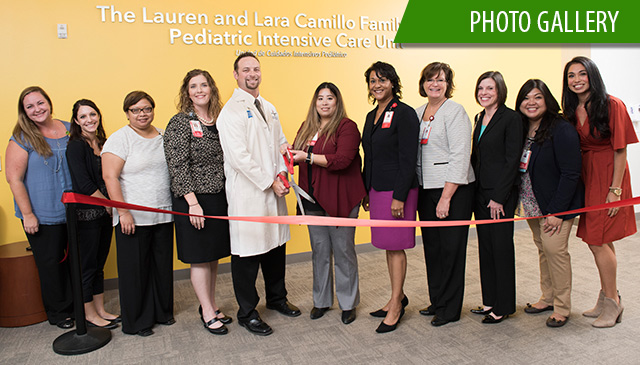
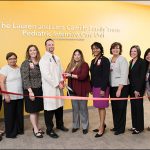

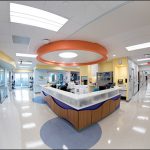

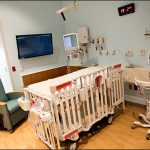
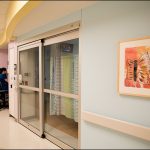

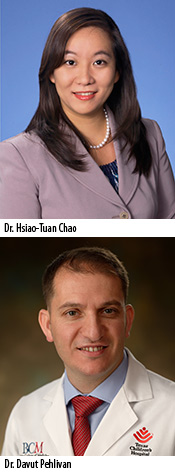
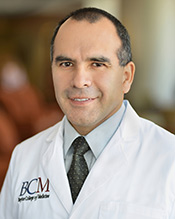
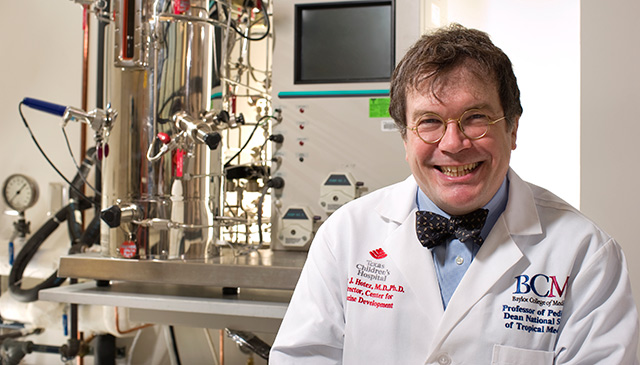 Dr. Peter J. Hotez is the 2017 recipient of the Raymond and Beverly Sackler Award for Sustained National Leadership for his far-reaching work in the areas of neglected tropical disease (NTD) research and vaccine development.
Dr. Peter J. Hotez is the 2017 recipient of the Raymond and Beverly Sackler Award for Sustained National Leadership for his far-reaching work in the areas of neglected tropical disease (NTD) research and vaccine development.
